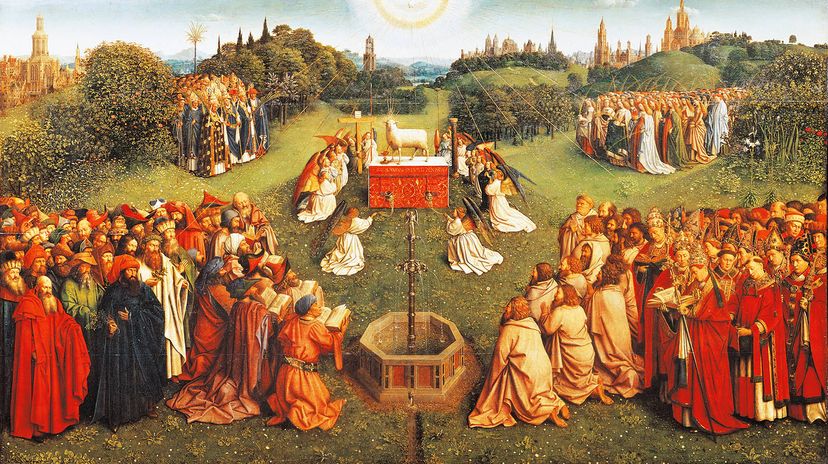
When Jim Hawkins finally discovers the gold he's been tracking down in Robert Louis Stevenson's "Treasure Island," the moment should be a triumphant one. But instead of cheering or gloating, the boy spares a thought for all the men who've died looking for the riches he now beholds.
There's no doubt about it: Treasure hunting can be a dangerous pastime. Yet for many people, the romance is worth the risk. Humans have an innate desire for personal glory. Treasure hunts not only feed that impulse but also combine it with the thrill of adventure and the exotic allure of bygone worlds.
Advertisement
Because people affix value to so many different things, treasures come in all shapes and sizes. A missing fossil or a long-lost painting might be just as precious as a sunken chest of gold — if not more so. The five treasures we'll look at in this article tell astonishing stories. At least three of them were stolen outright. One's been missing since the first century C.E. And another was hidden by an eccentric, poem-writing millionaire.
Now just so you know, a lot of people have spent a lot of time looking for every single item on this list. Anyone who tries to find these things will have plenty of company. Hey, the competition should make the game more interesting ... right?




